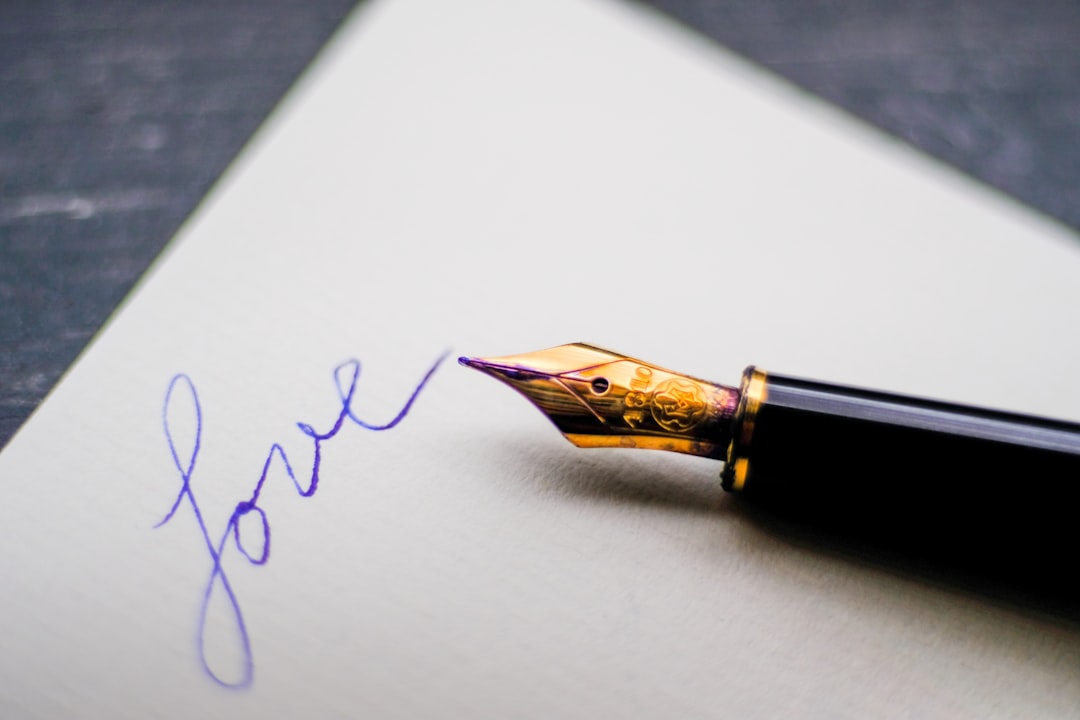Ensuring the authenticity and integrity of digital documents is crucial in today’s business and legal environments. A digital signature provides a secure and verifiable method for signing PDFs with encryption technology. Additionally, adding a timestamp strengthens the document’s credibility by indicating when it was signed. In this guide, we will walk through the process of adding a digital signature with the date and time to a PDF.
Why Use a Digital Signature?
A digital signature serves as a secure and legally recognized way of signing documents electronically. The key benefits include:
- Security: Digital signatures use encryption to prevent tampering.
- Authenticity: Verifies the signer’s identity.
- Legally Binding: Recognized in many countries for official documents.
- Timestamping: Confirms the exact date and time of signing.
Requirements for Adding a Digital Signature
To add a digital signature with a timestamp to a PDF, you will need the following:
- A PDF editor or digital signing tool (e.g., Adobe Acrobat, DocuSign, or a certified alternative).
- A valid digital certificate issued by a trusted Certificate Authority (CA).
- Access to a timestamping service, if not included in the signing tool.
Steps to Add a Digital Signature with Date & Time
Step 1: Open the PDF in a Digital Signing Tool
Use a professional PDF editor like Adobe Acrobat. If you don’t have Adobe Acrobat, various free online tools and digital signing software offer secure signing options.

Step 2: Locate the “Fill & Sign” or “Sign Document” Option
Once the file is open, navigate to the signature option within the software. In Adobe Acrobat, you can find this under Tools > Certificates or Fill & Sign.
Step 3: Select “Digitally Sign” and Place Signature
Click on “Digitally Sign” and then drag a box where you want the signature to appear. The software will prompt you to choose an existing digital certificate or create a new one.
Step 4: Configure the Timestamp Option
Most professional digital signing tools allow you to include a timestamp. Ensure the option to apply a time and date stamp is enabled. If your software requires an external timestamping authority (TSA), configure the settings accordingly.
Step 5: Apply and Save the Signed Document
After configuring all settings, apply your digital signature. The software will confirm the successful signing, and the document will now include both the signature and a valid timestamp.
Verifying the Digital Signature
After signing, it is essential to verify that the signature is valid. Follow these steps to check its authenticity:
- Open the signed PDF and look for a notification indicating that the document is signed and verified.
- Click on the signature to view details about the certificate and the timestamp.
- If necessary, validate the signature using a verification tool within your PDF software.

Best Practices for Digital Signatures
To ensure the security and authenticity of signed documents, follow these best practices:
- Use a trusted Certificate Authority (CA) to issue your digital signature.
- Enable timestamping to provide a legally recognized time of signing.
- Regularly update your digital certificates to avoid expiration issues.
- Verify the signature before sharing the document to confirm its validity.
Conclusion
Adding a digital signature with a date and time to a PDF enhances document security, authenticity, and legal compliance. Whether for business contracts, official agreements, or sensitive documents, digital signatures provide a robust solution for electronic document validation. By following the steps outlined above and adhering to best practices, you can ensure your signed documents remain secure and verifiable.
